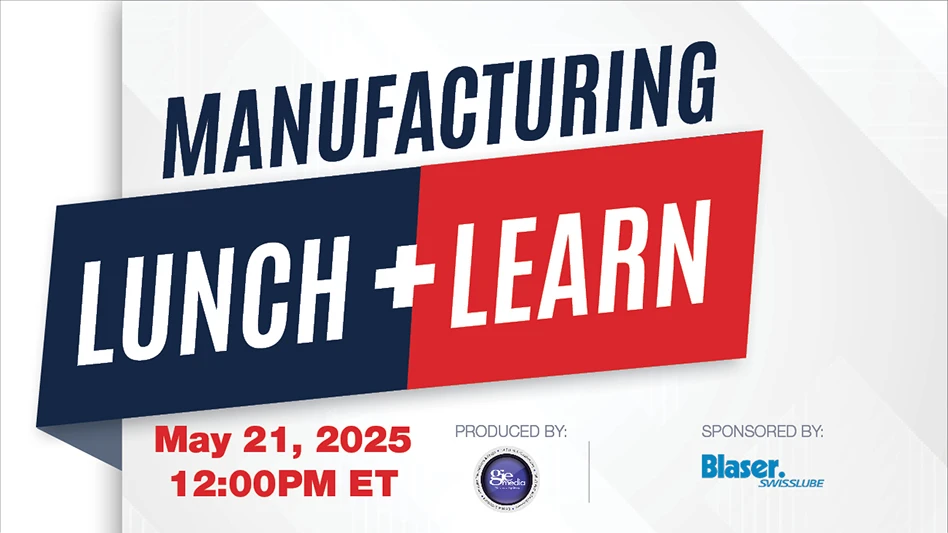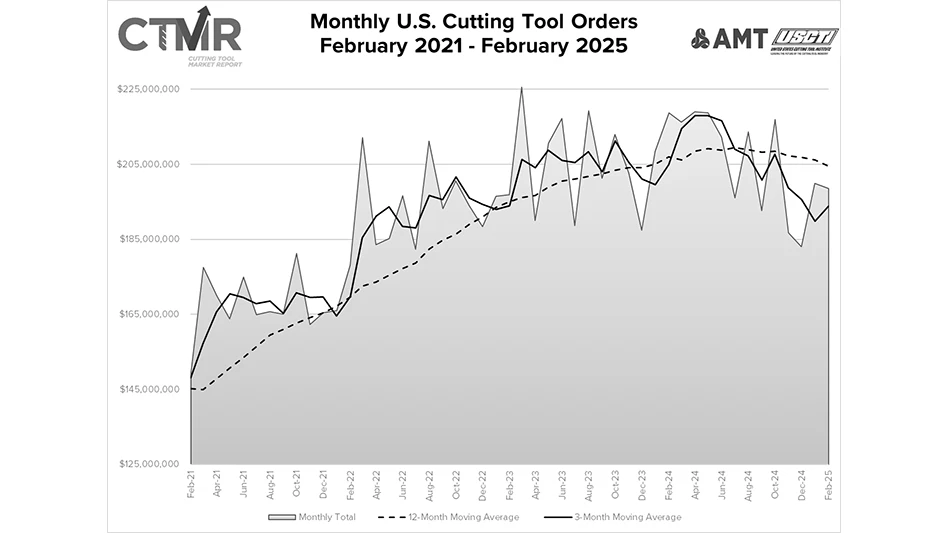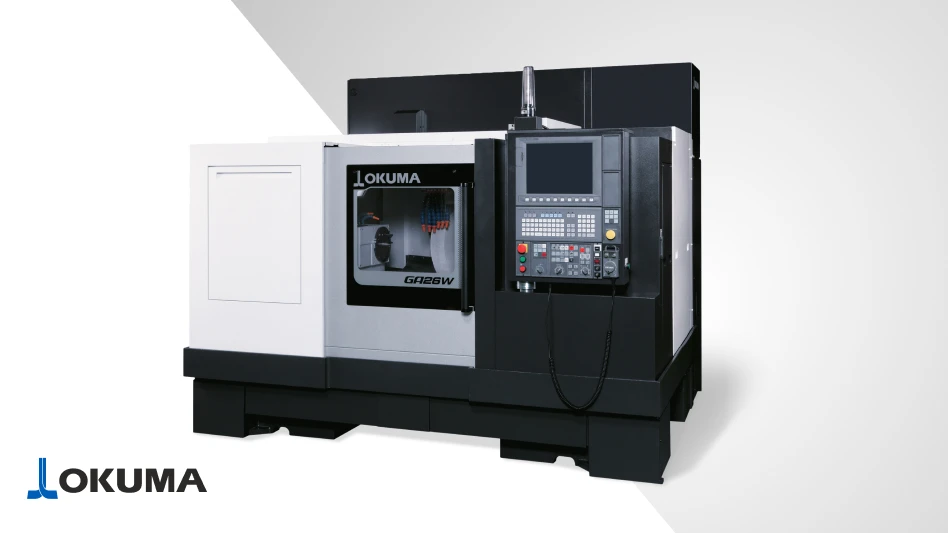

There are more than 68 million Baby Boomers living in the United States. Born between 1946 and 1964, these Americans represent almost 21% of our population. Prone to heart disease, this population segment is largely responsible for the high demand for medical devices used in heart surgeries, such as stents and catheters.
According to Fact.MR, the global market for central venous catheters (CVCs) will reach $1.6 billion by 2026, with multi-lumen catheters representing a large subset of this market.
This is welcome news for U.S. companies manufacturing multi-lumen catheters, but it comes with a caveat: the process of manufacturing them has always been time-consuming and costly. It often requires heating or welding for the finished product.
Although most multi-lumen catheters are manufactured through extrusion, shaped mandrel wire helps preserve the precision of the inner shaft when heated or welded. This saves time and cuts costs while preserving the required dimensional tolerances, but it comes with a catch: it only works if manufacturers can actually find half-oval or crescent shaped mandrel wire.
A handful of U.S. companies produce mandrel wire, but most don’t provide it in these special shapes. With recent supply chain disruptions and the Biden administration’s national call to Buy American, medical device manufacturers are hesitant to procure this wire overseas.
Now they don’t have to.
In December 2022, Radcliff Wire Inc. of Bristol, Connecticut, announced its availability of precision designed half-oval and crescent shaped mandrel wire to aid in the production of multi-lumen balloon catheters.
The small, privately owned company has devoted years of intensive research and development to perfecting this complex manufacturing process, which comprises rolling wire instead of grinding it. Their precision wire shaping techniques have enabled production of shaped mandrel wires from 0.005" to 0.050" thick, all while holding very tight tolerances on all dimensions of many different designs. This process also allows medical device manufacturers the ability to purchase longer length wire.
“My father, Don Radcliff, started Radcliff Wire in 1959 to help spring manufacturers obtain special-shaped wire that wasn’t available anywhere else. I think he’d be pleased to know that six decades later we’re still offering products that are difficult for manufacturers to find elsewhere,” Radcliff Wire President Charlie Radcliff says. “Our half-oval and crescent shaped mandrel wires are very good examples of this.”
Radcliff Wire offers rolled wire in a variety of materials, shapes and lengths, in addition to PTFE-coated, parylene-coated, and bare stainless steel products for use as a mandrel when making inflation lumen balloon catheters.
“As a company, our goal is to make manufacturing easier and less costly for our customers,” Radcliff says. “But it’s a bigger win if we can provide them with components they might otherwise have to purchase outside the U.S.”
If helping medical device manufacturers speed production and reduce costs while keeping their procurement dollars in the U.S. isn’t enough, Radcliff can always look to the devices’ end users for satisfaction.
“Ultimately, the work we do contributes to saving lives,” he says. “And there’s no greater satisfaction than that.”
68 million baby boomers would agree.
Radcliff Wire Inc.
https://radcliffwire.com

Explore the September 2023 Issue
Check out more from this issue and find your next story to read.
Latest from Today's Medical Developments
- April Manufacturing Lunch + Learn with Iscar
- April Manufacturing Lunch + Learn with Insaco
- Laser cold marking for plastic medical device manufacturing
- Paperless Parts’ BOM Builder
- #58 - Manufacturing Matters - 2024 Metrology's Latest Advancements with Starrett
- Strategies to improve milling and turning for medical components
- Being proactive about your business despite uncertainty
- 10 challenges facing the manufacturing industry in 2025





